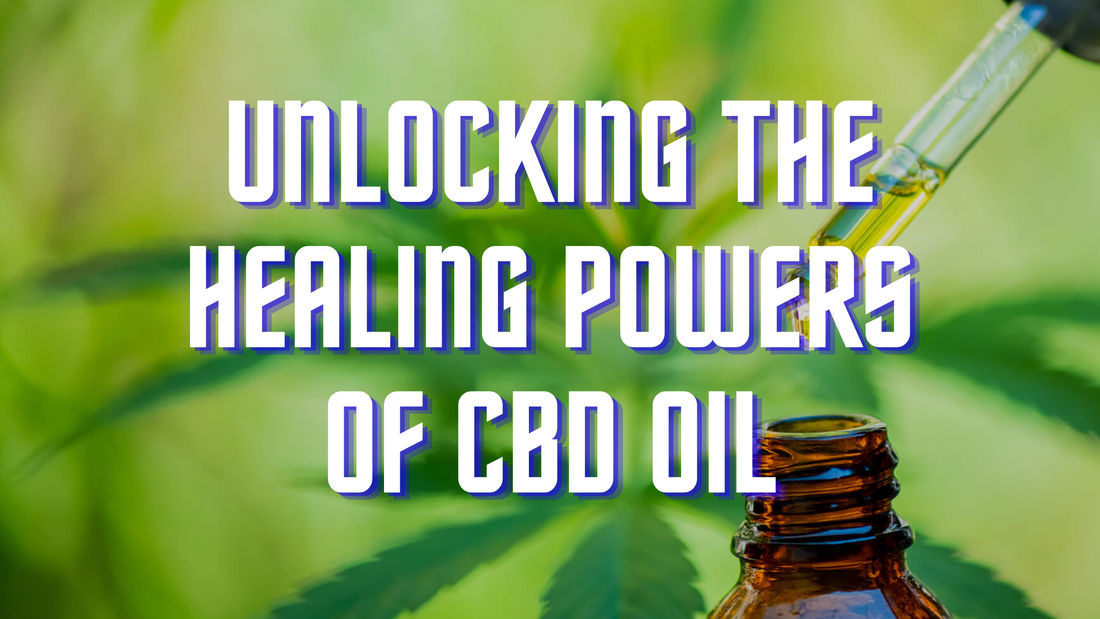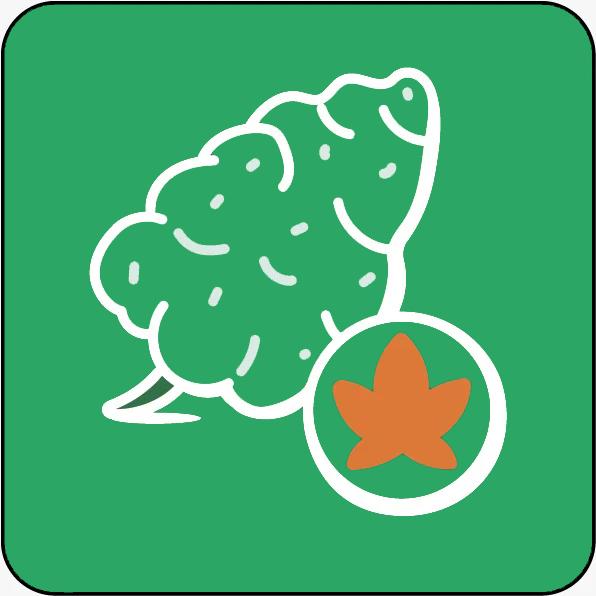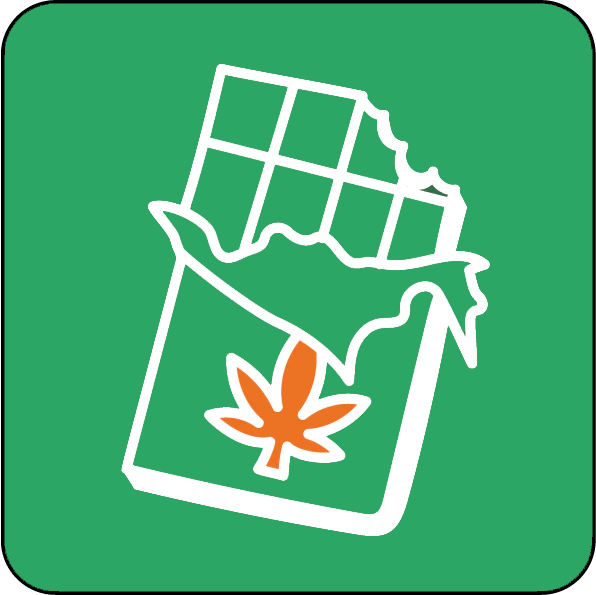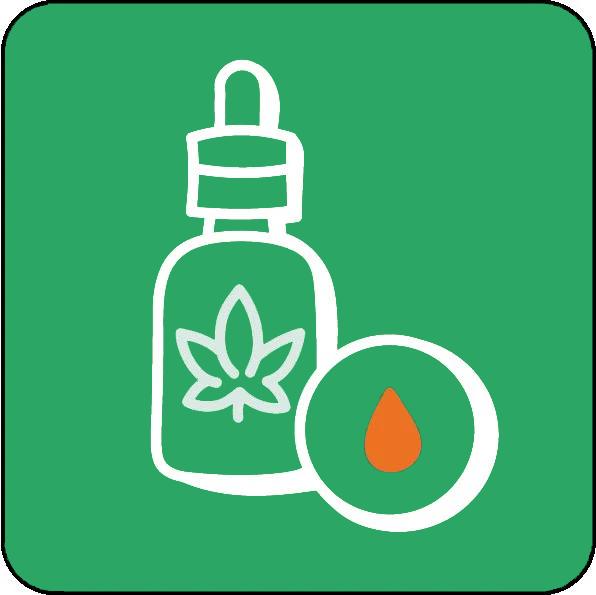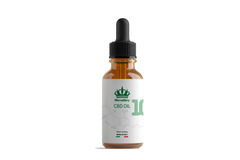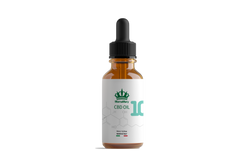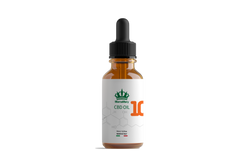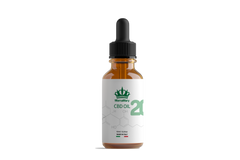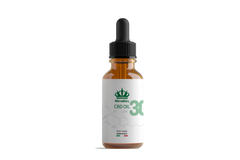In recent years, CBD oils have gained significant attention and popularity for their potential therapeutic benefits. Cannabidiol or CBD is a natural compound derived from the cannabis plant and is distinct from the psychoactive compound THC (tetrahydrocannabinol). As research on CBD continues to expand, more and more people are turning to CBD oils as an alternative and complementary approach to improving their well-being. In this comprehensive guide, we’ll explore what CBD is, the differences between full-spectrum and regular oils, how it’s extracted and used, dosage recommendations, and the scientific studies that support its therapeutic properties.
What is CBD oil?

In the world of natural wellness, few substances have generated as much excitement and curiosity as CBD oil. This extraordinary compound derived from the cannabis plant has gained enormous popularity due to its proven health benefits .
CBD is a non-psychoactive compound found in the hemp plant. Unlike its cousin, THC (tetrahydrocannabinol), CBD is not a substance that produces a “high.” Instead, it interacts with the body’s endocannabinoid system, which plays a vital role in regulating various physiological functions. In commercial oil, the concentration can vary depending on how many mg of CBD are diluted in a vegetable oil, such as hemp oil, coconut oil, olive oil, or seed oil. Depending on the concentration, the oil will be more or less potent, ensuring the effectiveness of the beneficial effects of the CBD it contains.
Extraction methods
There are several methods for obtaining CBD oil from the cannabis plant, each with its own advantages and disadvantages. The choice of extraction method can affect the quality, purity, and efficiency of the final product. Here are some of the most common methods:
- CO2 Extraction : This method is considered one of the cleanest and most efficient ways to extract CBD. It uses pressurized carbon dioxide to isolate CBD and other valuable compounds from plant material. CO2 extraction allows for precise control of temperature and pressure, resulting in a pure, high-quality CBD extract.
- Ethanol Extraction : Ethanol is another common solvent used to extract CBD. It is less expensive than CO2 and can extract a wide range of compounds from the plant. However, it may also extract chlorophyll and unwanted impurities, requiring additional purification steps.
- Solvent Extraction : Other solvents, such as butane or propane, can also be used to extract CBD. While effective, these methods require special attention to safety due to the flammable nature of the solvents. When done correctly, solvent extraction can produce high-quality CBD oil.
- Olive Oil Extraction : This is a safe and simple method of extracting CBD oil. It involves heating plant material in olive oil to extract the cannabinoids. However, the resulting oil is less concentrated and has a shorter shelf life than other methods.
- Rosin Press Extraction : The rosin press method involves using heat and pressure to extract CBD oil from the cannabis plant. It is a solventless method that is gaining popularity among DIY enthusiasts, as it requires minimal equipment and no potentially dangerous solvents.
After the initial extraction, the CBD-rich solution may be subjected to further processing to remove impurities and unwanted compounds. This often involves filtration, removal of waxes and lipids, and decarboxylation (activation of the CBD by heating). The goal is to obtain a highly pure and concentrated oil.
Reputable CBD manufacturers prioritize quality control during the extraction and purification processes. This includes testing the final product through third-party laboratories to confirm its potency, purity, and absence of contaminants such as heavy metals, pesticides, and residual solvents.
Full spectrum compared to regular CBD oil

Cannabidiol oil comes in two main forms: full-spectrum and isolate. Full-spectrum CBD contains a wide array of cannabinoids, terpenes, and other beneficial compounds found in the cannabis plant. This synergy is thought to enhance its therapeutic effects through the “entourage effect,” where these compounds work together to achieve maximum benefit.
On the other hand, regular CBD oil, often referred to as CBD isolate, contains pure CBD without any other cannabinoids or plant compounds. While it still offers potential health benefits, it may not be as effective as full-spectrum CBD for some conditions.
How is CBD oil used?

There are various ways to take CBD oil, depending on your individual preferences and needs:
- Sublingual : Place a few drops of oil under your tongue, let it absorb for a minute, and then swallow. This method allows for rapid absorption through the mucous membranes, accelerating the action of CBD.
- Edibles : CBD oil-infused gummies, capsules, and drinks provide a convenient and discreet way to consume the concentration of CBD present in the product.
- Topical : CBD oil topicals offer a non-invasive, targeted approach to finding relief from various skin conditions, localized pain, and muscle tension. When used correctly, they can be a valuable addition to your wellness routine. Whether you’re an athlete looking for post-workout recovery, someone dealing with skin issues, or simply looking for localized relief, CBD oil topicals can provide a soothing and effective solution.
- Vaping : Vaping involves inhaling a vaporized substance, often using a portable device such as an e-cigarette. In the context of CBD, vaping allows users to inhale a vapor containing CBD oil, which is heated to produce a fine mist that can be easily absorbed by the lungs. This method offers a faster onset and higher bioavailability than other consumption methods.
Dosage recommendations

Determining the right CBD dosage varies from person to person and depends on factors such as body weight, tolerance, and desired effects. It is generally recommended to start with a low dose and gradually increase until the desired results are achieved, typically starting with 3-5 drops of CBD per day.
Scientific Studies Supporting CBD

The health benefits of CBD have attracted extensive research in recent years. Some of the benefits of CBD include:
- Pain Management: Studies suggest that CBD helps relieve chronic pain by interacting with pain receptors in the brain.
- Anxiety and Stress: CBD has demonstrated anxiolytic and antidepressant effects in preclinical and clinical studies, making it a potential alternative to traditional medications.
- Epilepsy: The FDA approved Epidiolex , a CBD drug, for the treatment of certain types of epilepsy, strengthening the role of CBD in managing seizures.
- Neuroprotection: Research indicates that CBD may have neuroprotective properties, offering hope for conditions such as Alzheimer’s and Parkinson’s disease.
- Anti-inflammatory: The anti-inflammatory properties of CBD oil are being explored for various inflammatory conditions, including arthritis.
In conclusion, CBD oil offers a wide range of potential health benefits, supported by a growing body of scientific research. Whether you opt for full-spectrum or regular CBD oil, the key is finding the right dosage and method of consumption to suit your specific wellness needs. Not all CBD products are created equal. It’s crucial to choose high-quality products that are third-party tested for purity and potency. As you embark on your CBD journey, consulting with a healthcare professional can provide valuable guidance to ensure you’re getting the most benefits from this natural remedy.

